Running Down the Ghost Burglar
Dr. Michael Halberstam and his wife, Elliott, had planned to go to a movie after leaving their friends’ cocktail party, but they decided to make a quick stop back at home first. Michael parked the car and went inside the couple’s Palisades D.C. home to let out their two dogs, Iris and Jake. Elliot headed around back to meet the pups. It was about 8:45 pm on December 5, 1980 — well after dark in the late fall.
Moments later, the doctor was staring down the barrel of snub-nosed revolver in his own kitchen.
“Hit the floor and freeze,” said a man dressed in a ski jacket and bandana.[1]
The doctor, a highly regarded Washington cardiologist, complied. Elliott, observing the encounter through the back door, crouched outside. Threatening to shoot if either moved, the man headed for the front door. After pausing for a moment, Dr. Halberstam went after him. As they grappled near the entrance to the house, the intruder fired five shots from close range.
Three missed…
Two didn’t.
When he was hit the doctor stumbled backwards and the gunman hurried away. Elliott rushed to her husband and found him bleeding from the chest, but conscious. They jumped into the car and sped toward Sibley Hospital, just over a mile away. Michael, buoyed by adrenaline, was behind the wheel. As they raced down Dana Place NW, Michael saw the man in the ski jacket on the sidewalk.
“That’s the guy!” he yelled as he swerved the Monte Carlo up over the curb. The car clipped the man, sending him airborne and then back to the ground in a heap. Without stopping, the Halberstams continued toward Sibley, but before they reached the hospital, Michael passed out and crashed into a tree on MacArthur Blvd. Elliott flagged down a passing motorist who helped get her husband to the emergency room, but his gunshot injuries were extensive. Dr. Michael Halberstam died on the operating table at 10:17 pm.
In this upper crust neighborhood, the whole incident was as strange as it was tragic — and it was about to get weirder.
D.C. Police located the man in the ski jacket hiding in the bushes a short distance from where he had been hit by the car. He was injured but alive. Nearby, they found the tools of his trade — a gun, a screwdriver and wire clippers, but no ID — and made an arrest. The man was taken to Sibley hospital where Elliott identified him as the gunmen who had shot Michael, and then transferred to D.C. General Hospital. Though the prisoner initially refused to give his name, he told investigators who fingerprinted him, “You’re going to be surprised.”[2]
Surprised? Well, yes and no. The prints, which were cross checked against the F.B.I. database, confirmed that the man was Bernard C. Welch, Jr. a prolific master burglar who had escaped from a New York prison six years earlier. Since then, he had disappeared though authorities in the Washington area had plenty of reason to suspect that he was back in the game — and was operating in their midst.
In the late 1970s, the D.C. region saw a dramatic uptick in home burglaries with a familiar pattern. A burglar — thought to be a man operating alone — was breaking into homes in well-to-do neighborhoods and selectively stealing precious metals and antiques. The crimes demonstrated a keen eye — real jewelry was taken while plated metals and costume pieces were left behind. The perpetrator tended to strike between 6-10 pm during the winter months and often hit several homes per night. Then, during the summer, he’d take several months off. Most scary of all, the burglaries sometimes turned into assaults. Three women had been raped in their homes.
The cases — which earned the culprit monikers like the “Silver Burglar,” the “Ghost Burglar,” and the “Standard Time Rapist” — frustrated detectives. He was skilled and prolific, suspected of thousands of break-ins in D.C., Maryland and Virginia. The spree prompted law enforcement authorities from ten different jurisdictions to create a task force to compare notes.[3] Though some investigators — chief among them Montgomery County Maryland detective Jim King — were convinced the man behind these burglaries was Welch, he’d never been caught… until Dr. Halberstam ran him down on the sidewalk.
In the days following Welch’s arrest, police began to piece together the details of his operation. When he was picked up, Welch was carrying a key to a brand new Mercedes, which police located parked on the street near where he was hit. The car was registered to Linda Hamilton of affluent Great Falls, Virginia — just the type of neighborhood that Welch liked to target. However, the car had not been reported stolen... because it wasn’t.
On the day after the arrest, a cadre of policemen from D.C., Montgomery County, and Fairfax County converged on Hamilton’s home in Great Falls. When they presented a warrant, a visibly shocked Linda allowed them to enter and conduct a search.
The house was a strange mix of luxury and plainness. The furniture was minimal and unremarkable. However, the walls were adorned with expensive artwork and the basement storage area was packed with antiques. The garage housed a smelter, used for melting metals.
Linda told detectives that she had no idea that Welch was a burglar. In fact, she didn’t even know him as Bernard Welch. Though initially skeptical of her claims, authorities came to believe the story that Linda told them: When they had started dating in 1975, Welch had told her his name was “Norm.” He was in a bad marriage, he said, but his wife would not give him a divorce and had a court order that granted her most of the income that he made. According to Norm they co-owned a business, which bought antiques and jewelry from estate sales, but he was doing all the work. And so, when he and Linda decided to move in together and start a new family, he began putting assets in her name.
The Hamiltons (they used the same last name, even though they weren’t technically married) had three children together and lived in Falls Church for a few years before moving to Great Falls. There, they rented for a while and then purchased a large rambler for $235,000 cash in 1979.[4] Almost immediately Norm set up a closed circuit camera system and started construction on a half million dollar addition to the home, which included an indoor swimming pool. The Hamiltons were living large.
To neighbors, Norm claimed to be a successful stock trader and real estate investor, which helped explain the high on the hog lifestyle. He also told Linda that he was skimming some items from the business and selling them on his own as recompense for his ex wife’s hard line — apparently a (successful) attempt to explain some of the loot he was bringing into the house.[5]
Of course none of this was true. Norm Hamilton was not an estate buyer or stock market savant. He was a “one man crime wave” named Bernard Welch.[6] Police seized 51 boxes of stolen goods from the home including “complete sterling silver settings, silver candelabras, urns, trays, gold jewelry and ornaments, mink, sable and other fur coats, antique clocks, carved ivory and blown glass perfume bottles, collectors dolls, porcelain Hummel figurines, hand guns, rifles and muskets.”[7] The haul also included a sidearm that was traced to an FBI agent, and the officer’s badge, which Welch had stolen in a burglary a few weeks prior to the Halberstam break in.[8]
It took officers almost a week to catalog everything before the burglary victims were invited to a showcase where they would have the opportunity to claim their missing property. The collection, which was estimated to be worth $4 million,[9] looked like it belonged in a museum according to the Post, “Had it not been for an ever present phalanx of officers and detectives, the whole scene could have been mistaken for a warehouse at the Smithsonian.”[10]
According to Welch, however, the siezure represented only a tiny portion of his take. As he boasted in a controversial profile in Life magazine a few weeks later:
“What you saw there was just peanuts. Something went out of that house every week. If it wasn’t gold bars, it was silver bars; if it wasn’t silver bars, it was jewelry.”[11]
Using the smelter, Welch melted down most of the metal that he stole and sold it. What wasn’t melted was stored for later resale… which is where the story gets really interesting.
The reason that Welch wasn’t hitting houses in the D.C. area year round — and perhaps why he was able to avoid detection for so long — was because he spent the warmer months over one thousand miles away. Each spring, the family would pack up and head to a second home they had bought — mostly with cash — in Linda’s hometown of Duluth, Minnesota. For Welch, it was a working vacation. He’d pack up boxes of items he’d stolen in Washington, load them into a U-Haul and tow them to the Midwest behind the family station wagon. Once there, he’d sell them to unknowing dealers in the Midwest.
In an era before the internet, which makes it far easier to track stolen goods, Welch created a safe market for himself through simple geography. He drove his clandestine merchandise to an area of the country where law enforcement was not looking for him. As one Minnesota customer remarked when the news of Welch’s arrest broke, “We’re really shocked by this. He was educated, well-spoken and reserved. But he always had money on his mind. He liked money, no doubt about that. And he was smooth as silk.”[12]
For Bernard Welch, his “smooth as silk” life of crime was flourishing before his encounter with Dr. Halberstam. As the sociopath told Life, “I had everything going for me and he [Halberstam] had everything going for him. But now he’s dead and I’m in prison. They said I destroyed his life, but he destroyed mine.”[13] Attempting to justify his chosen profession he added, “I wasn’t ripping off people…. I was ripping off insurance companies.”[14]
The comments — particularly his utter lack of remorse over killing Dr. Halberstam — infuriated many in Washington. When it was revealed that Life paid Welch $9,000 for his story and some accompanying photographs, Dr. Halberstam’s brother, the popular author David Halberstam, called the magazine “an accomplice” in the murder. Several D.C. area stores refused to sell the issue, citing the payment as a reward for Welch. Elliott Jones Halberstam applauded the decision.[15]
In early January, police scheduled a lineup for rape and burglary victims from three jurisdictions to — hopefully — identify Welch. On the night before the lineup Welch shaved off his hair, mustache and eyebrows using the standard issue jailhouse safety razor. It was an obvious effort to dupe his victims. Upon finding him "as bald as Mr. Clean" the next morning, police were sent scrambling to stage supply shops in search of a wig and eyebrows that could approximate his normal appearance.[16]
Try as he might, such evasive tactics were of little help given the mountain of evidence. In April of 1981, Bernard Welch went on trial in federal court for the murder of Dr. Halberstam and other charges. After a week of testimony, in which prosecutors called 50 witnesses and showed 100 exhibits, he was convicted and sentenced to 143 years in prison. He would serve the time in various penal institutions around the country.[17]
A few months after his conviction, Welch wrote to Linda Hamilton from prison.
“I wonder what I’d be doing if that doctor hadn’t hit me with his car. One thing for sure, the big house [in Great Falls, Virginia] would have been finished by now. All that money and I never had a chance to use the sauna or the swimming pool or that beautiful bathroom with the whirlpool tub. If I ever get out, I swear I’m going to break into that house one night just to see what it looks like finished… I’ll take their silver and jewelry, too.”[18]
Thankfully, that never happened — at least to anyone’s knowledge — though Welch did escape from prison in 1985. He and an accomplice cut through a sixth floor window at the Metropolitan Correctional Center in downtown Chicago and used an extension cord to rappel down the side of the building. He was recaptured three months later in Greensburg, Pennsylvania, a Pittsburgh suburb, while living with a new girlfriend and a new alias, “Pete Wilson.” Not surprisingly, U.S. Marshals had noted an uptick in “high-style burglaries” in the Pittsburgh area that summer.[19]
Bernard Welch died in prison in 1998.
For more on this story, read Ghost Burglar: The True Story of Bernard Welch: Master Thief, Ruthless Con Man, and Cold-Blooded Killer by Jack Burch and James D. King. King was a Montgomery County, Maryland detective who worked the case for many years, and the book goes into fascinating detail about Bernard Welch's background and law enforcement's efforts to catch him.
Footnotes
- ^ Weil, Martin, and Sean Kelly. “Intruder Kills Dr. Halberstam: Michael Halberstam Slain By Intruder in His Home.” The Washington Post (1974-Current File); Washington, D.C. December 6, 1980.
- ^ Mansfield, Stephanie, and Chip Brown. “High-Living Burglary Suspect And ‘The Duluth Connection’: High-Living Burglary Suspect Used a ‘Duluth Connection.’” The Washington Post (1974-Current File); Washington, D.C. December 9, 1980, sec. METRO Federal Diary Obituaries Classified.
- ^ Mansfield, Stephanie, and Chip Brown. “High-Living Burglary Suspect And ‘The Duluth Connection’: High-Living Burglary Suspect Used a ‘Duluth Connection.’” The Washington Post (1974-Current File); Washington, D.C. December 9, 1980, sec. METRO Federal Diary Obituaries Classified.
- ^ Sager, Mike, and Stephanie Mansfield. “Police Find Jewels, Silver, In Slaying Suspect’s Home: Suspect Tied To ‘One-Man Crime Wave.’” The Washington Post (1974-Current File); Washington, D.C. December 8, 1980.
- ^ Burch, Jack, and James D. King. Ghost Burglar: The True Story of Bernard Welch: Master Thief, Ruthless Con Man, and Cold-Blooded Killer. First edition. Superior, WI: Savage Press, 2012, 166.
- ^ Sager, Mike, and Stephanie Mansfield. “Police Find Jewels, Silver, In Slaying Suspect’s Home: Suspect Tied To ‘One-Man Crime Wave.’” The Washington Post (1974-Current File); Washington, D.C. December 8, 1980.
- ^ Sager, Mike, and Stephanie Mansfield. “Police Find Jewels, Silver, In Slaying Suspect’s Home: Suspect Tied To ‘One-Man Crime Wave.’” The Washington Post (1974-Current File); Washington, D.C. December 8, 1980.
- ^ Weiser, Benjamin. “Welch Convicted of Murder, Robbery, Nine Other Counts: Welch Is Convicted Quickly of Murdering Dr. Halberstam.” The Washington Post (1974-Current File); Washington, D.C. April 11, 1981.
- ^ Smardz, Zofia. “Stolen Goods Are Valued at $4 Million.” Evening Star, December 13, 1980.
- ^ White, Ronald D., and Benjamin Weiser. “Welch’s Vast Storehouse of Treasure Shown to Media: Welch’s Vast Storehouse of Treasure Shown to Media.” The Washington Post (1974-Current File); Washington, D.C. December 13, 1980.
- ^ Weiser, Benjamin. “Welch Defends His Life In Controversial Article - The Washington Post.” The Washington Post. January 26, 1981. https://www.washingtonpost.com/archive/local/1981/01/26/welch-defends-his-life-in-controversial-article/16219e76-6b48-4c7d-9b4b-c101b0d3d561/?utm_term=.f57289afef47.
- ^ Mansfield, Stephanie, and Chip Brown. “High-Living Burglary Suspect And ‘The Duluth Connection’: High-Living Burglary Suspect Used a ‘Duluth Connection.’” The Washington Post (1974-Current File); Washington, D.C. December 9, 1980, sec. METRO Federal Diary Obituaries Classified.
- ^ Weiser, Benjamin. “Welch Defends His Life In Controversial Article - The Washington Post.” The Washington Post. January 26, 1981. https://www.washingtonpost.com/archive/local/1981/01/26/welch-defends-his-life-in-controversial-article/16219e76-6b48-4c7d-9b4b-c101b0d3d561/?utm_term=.f57289afef47.
- ^ Weiser, Benjamin. “Welch Defends His Life In Controversial Article - The Washington Post.” The Washington Post. January 26, 1981. https://www.washingtonpost.com/archive/local/1981/01/26/welch-defends-his-life-in-controversial-article/16219e76-6b48-4c7d-9b4b-c101b0d3d561/?utm_term=.f57289afef47.
- ^ Pichirallo, Joe, “6 City Drug Stores Refuse to Sell Life Issue With Welch Interview.” The Washington Post (1974-Current File); Washington, D.C. January 27, 1981, sec. METRO Federal Diary Obituaries Classified.
- ^ Mayer, Jane, and Adrienne Washington. “Welch Outfoxes Police by a Hair, Changes His Looks Before Lineup.” Evening Star, January 9, 1981.
- ^ Lyons, Richard D., and Special To the New York Times. “Escaped Felon Is Convicted of Murdering Dr. Halberstam, a Noted Washington Cardiologist.” The New York Times, April 11, 1981, sec. U.S. https://www.nytimes.com/1981/04/11/us/escaped-felon-convicted-murdering-dr-halberstam-noted-washington-cardiologist.html. In prison, Welch entered the witness protection program after agreeing to became an informant against the Aryan Brotherhood, a white supremacist prison gang.
- ^ Burch, Jack, and James D. King. Ghost Burglar: The True Story of Bernard Welch: Master Thief, Ruthless Con Man, and Cold-Blooded Killer. First edition. Superior, WI: Savage Press, 2012.
- ^ Franklin, Ben A., and Special To the New York Times. “Parking Case Leads to Capture of Doctor’s Killer.” The New York Times, August 8, 1985, sec. U.S. https://www.nytimes.com/1985/08/08/us/parking-case-leads-to-capture-of-doctor-s-killer.html.


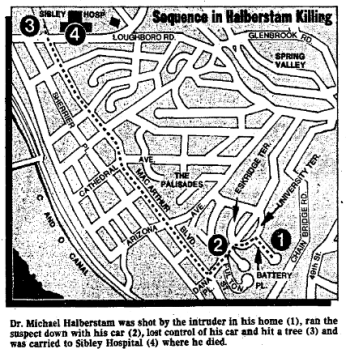
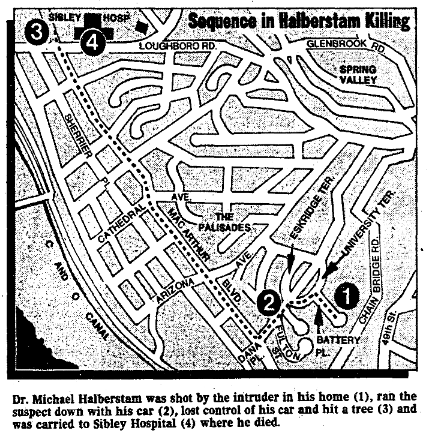
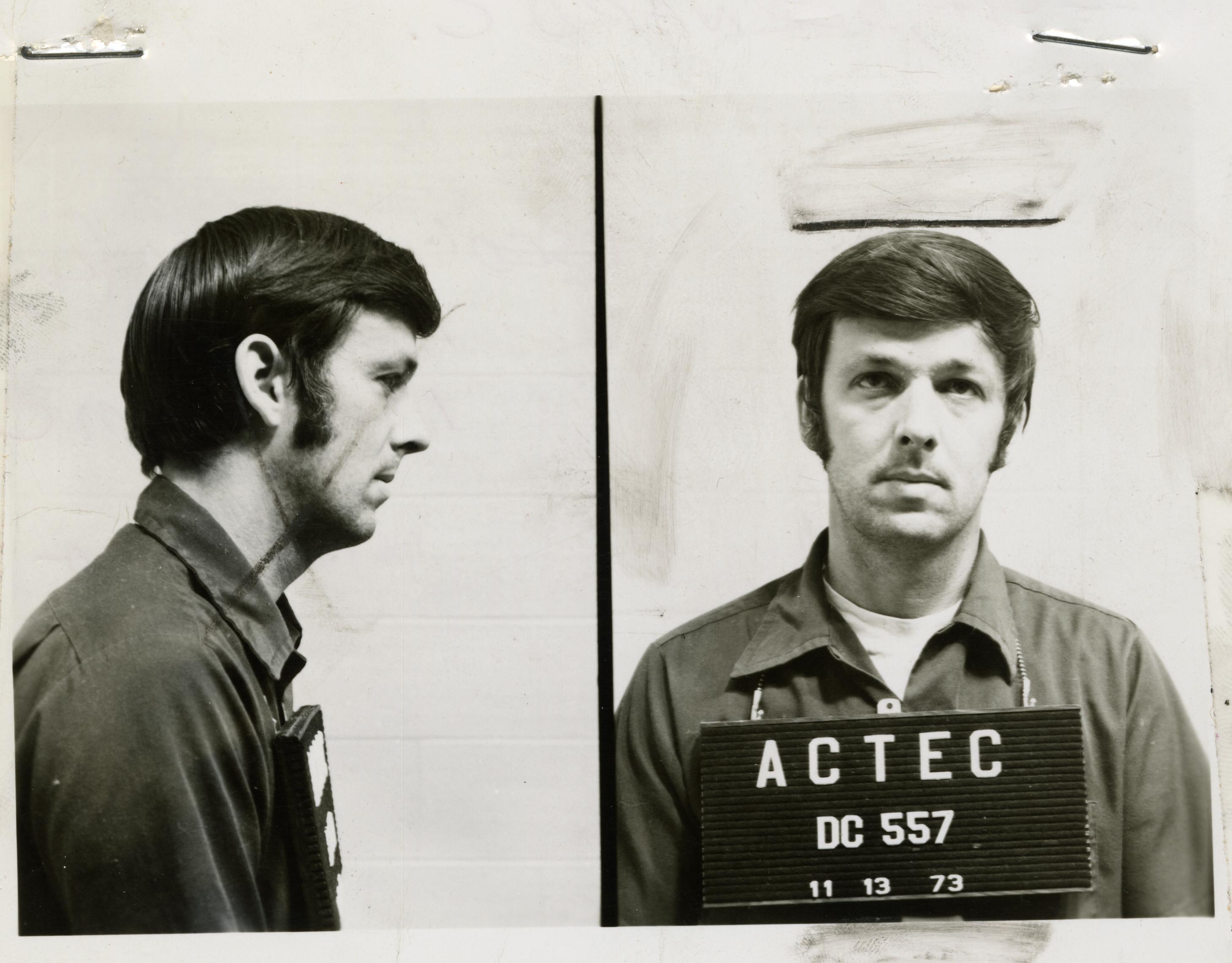
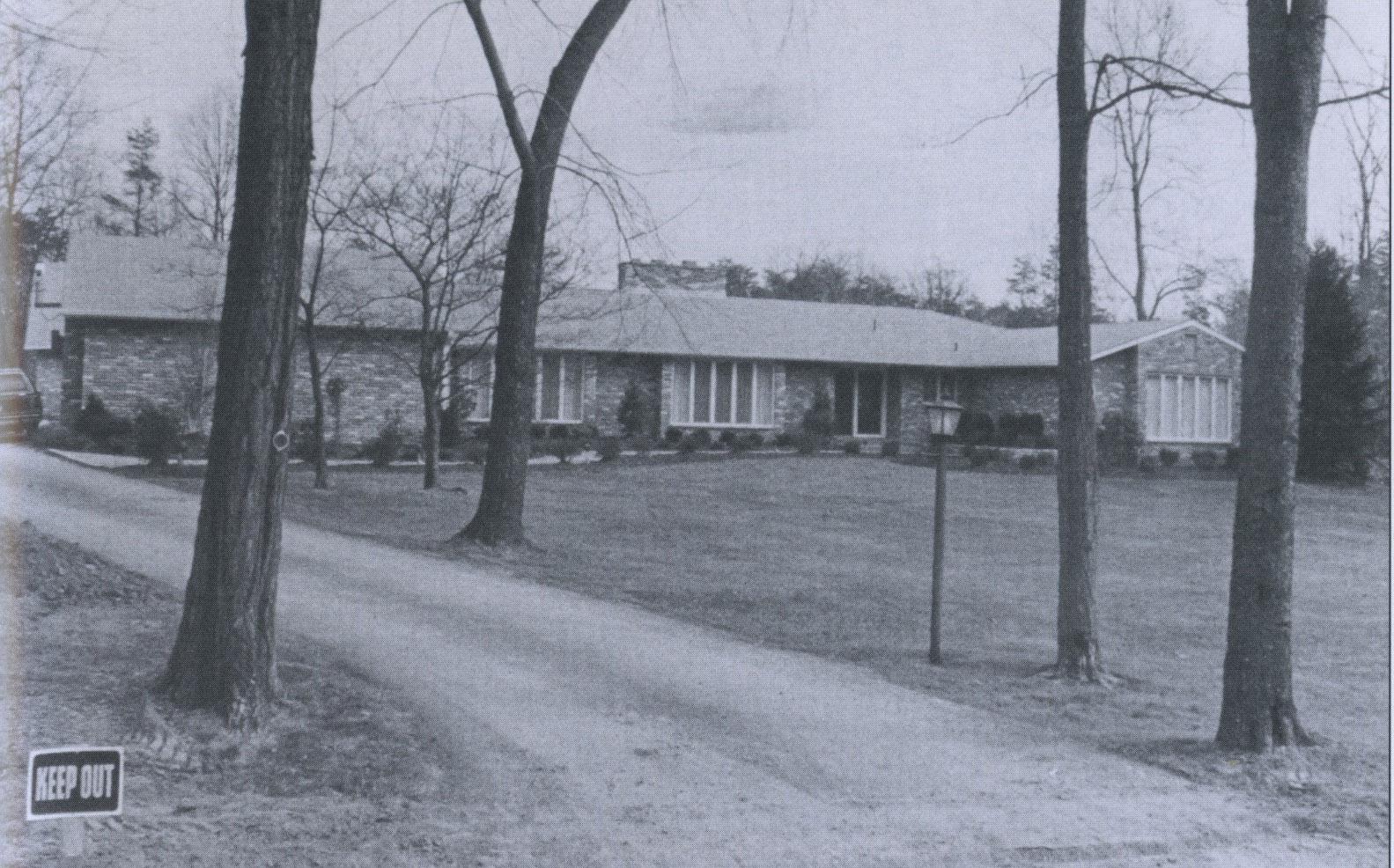
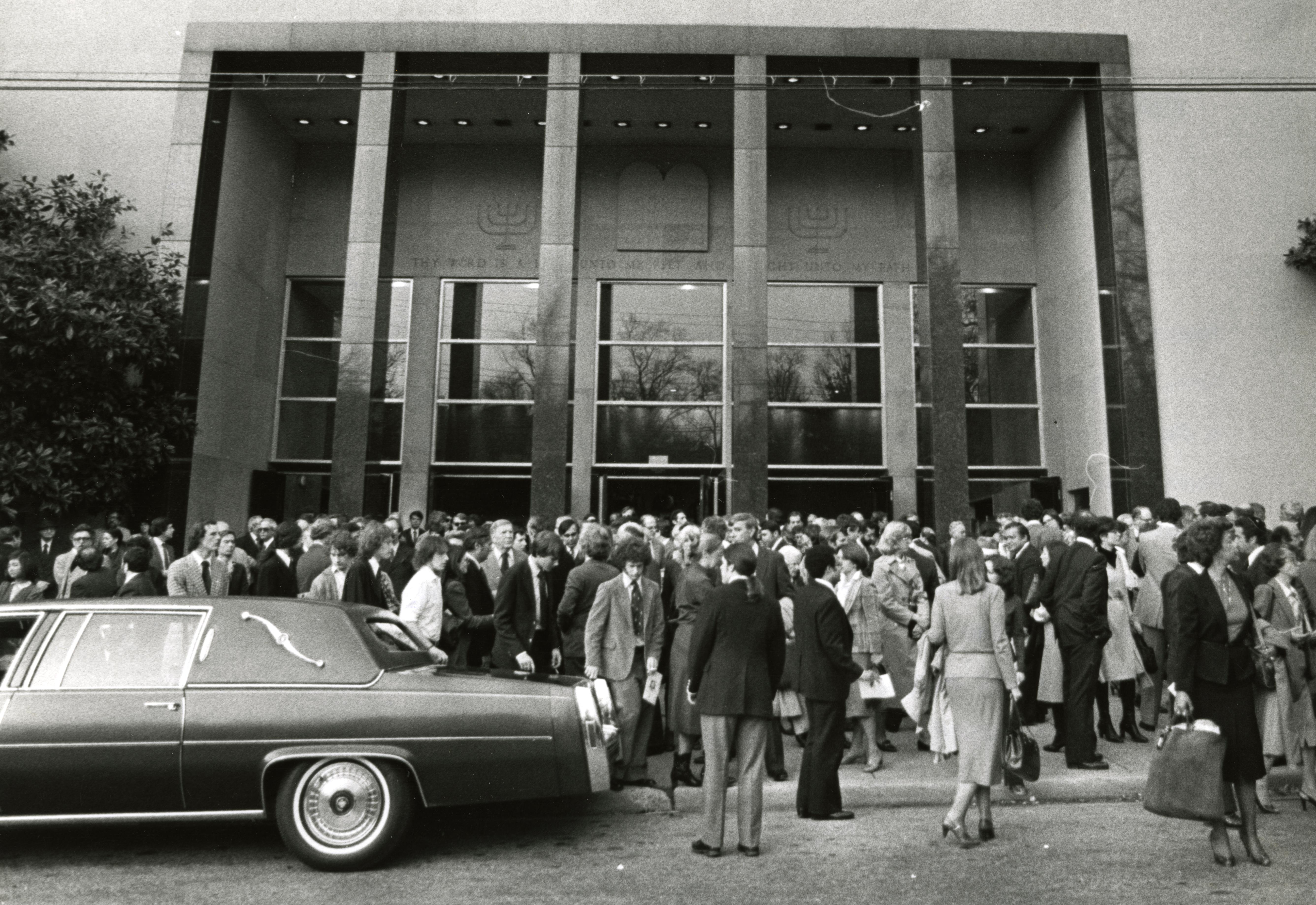

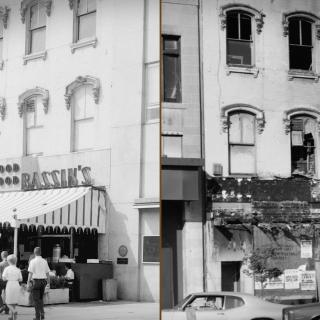
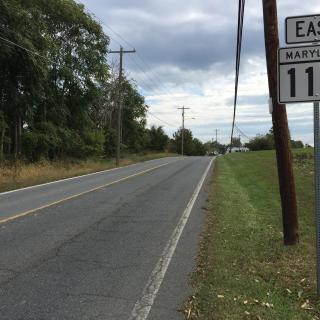
![Sketch of the mythical fuan by Pearson Scott Foresman. [Source: Wikipedia]](/sites/default/files/styles/crop_320x320/public/2023-10/Goatman_Wikipedia_Faun_2_%28PSF%29.png?h=64a074ff&itok=C9Qh-PE1)












